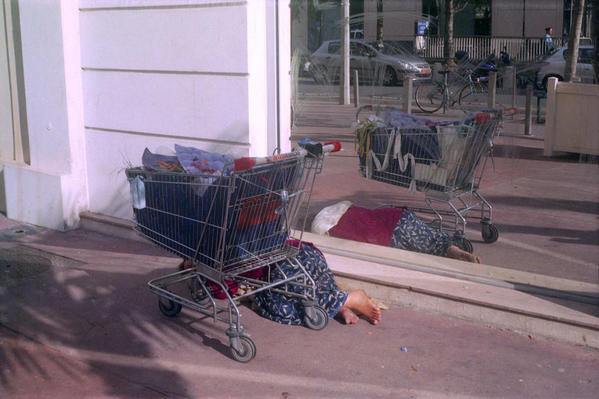
On Thursday, May 19, activists from various national movements – including Black Youth Project 100, Project South, Ferguson Action and Black Lives Matter – joined with local activists around the country for a day of action to protest and do something about State brutality against Black women. The banner and hashtag for the day were #SayHerName. On Thursday, May 19, Jessica Williams, 29 years old, Black, was killed by a white San Francisco police sergeant. Jessica Williams was unarmed. The reports on Jessica Williams’ death have barely said her name. Until late Friday night early Saturday, Jessica Williams was “an unarmed Black woman.” More to the point, the story line has been about the Police Chief being removed, about the new Police Chief, and about racism in the San Francisco Police Department. While all of those count, the story should be about Jessica Williams. Even in her own death, even now, Jessica Williams suffers the indignity of being removed from the center of her own life and death story. Jessica Williams. Say her name. #SayHerName
The story of Jessica Williams’ death is a common one, both for San Francisco and beyond. Williams was in a car identified as having been stolen. She refused to leave the car and allegedly tried to drive away. That’s when a police officer shot and killed her. According to all reports, Jessica Williams was not driving towards the officer. In fact, she wasn’t driving at all. According to police, “Williams drove away after officers tried to talk to her, officials said, but crashed into a parked utility truck about 100 feet away. She continued to disobey police instructions, and the sergeant then fired one shot and killed her as she sat in the car, said police, who added that no weapon was found on Williams.”
From 2000 to today, San Francisco police officers have been in 95 shootings. Forty have been fatal. Twenty-three of the shootings involved people “in moving or stopped vehicles.”
Jessica Williams was killed in the Bayview District, a hotbed of `revitalization.’ Bayview is the epicenter of San Francisco’s “shrinking African American population”. In early December last year, Mario Woods, 26 years old, Black, was shot 20 times by police officers in Bayview.
The San Francisco Police Department has already been under investigation for racist and homophobic practices, both formal and informal. Police Chiefs will come and go, as will police sergeants and other police. It’s important to address the police, as a group of people, a culture, a public agency, and a body of practices. But first and last, we must learn to move the police off center in the narratives of those killed by police. Jessica Williams is the story, not this sergeant or that chief.
Her name is Jessica Williams, and she did not deserve the fate that was dealt her by the State. No one deserves that fate, and no one deserves that treatment. Jessica Williams is the name of `urban redevelopment’ and skyrocketing real estate markets. Jessica Williams is the name of militarized and uncontrolled policing, witch-hunting, all in the name of zero tolerance and urban revitalization. Jessica Williams, 29 years old, Black, female, was sitting in a stationary car when she was killed. This story is about Jessica Williams. Say her name. #SayHerName

(Photo Credit: Twitter / @SisterSong_WOC) (Image Credit: Ferguson National Response Network)
